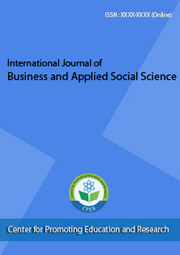Journal Menu
current
VOLUME; 4, ISSUE; 1, JANUARY 2018
Table of Contents
Articles
Author(s): Clifford Fisher, MBA, JD, LLM, SJD; Claire Lee
Full Text
1062 857
1062 857
Abstract:
Walking through the grocery store after work, a consumer is met with aisles upon aisles of processed food options with large excited labels reading “organic,” “non-GMO,” “natural”. Over in the milk case there in between the rows of 2%, non-fat, and skim there is organic milk, non-genetically modified milk, and non-rBGH milk. Before leaving the consumer stops by the seafood selection to pick up salmon, choosing whichever looks the best, without knowing that one option was specifically genetically engineered to grow faster. With food packaging covered in terms like GMO, genetically modified organism, and rBGH, recombinant bovine somatotropin, the trip to the grocery store in America is more complicated than ever before, leading to a constitutional food fight.The development of new labeling regulations and standards for organic and genetically modified food products has brought into question how far the government can go to mandate and require labeling of certain food products. These regulations and standards ride a fine line of infringing on the rights of a corporation and fulfilling the consumer’s desire to know what they are eating.
This paper examines the rise of organic and non-genetically modified food products and their subsequent regulations, or lack thereof, in addition to constitutional issues surrounding the mandated labeling of such food products. This food fight is messy, but for food corporations, a defense is building for their rights.






